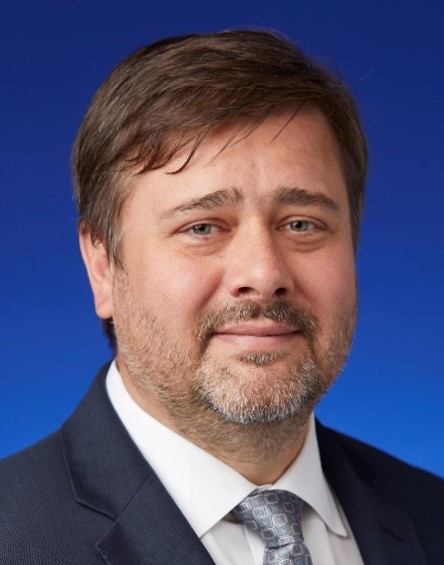AHNS Basic Science/Translational Newsletter Vol 1
Pathologic response to neoadjuvant chemotherapy in HPV-associated oropharynx cancer Sadeghi N, Khalife S, Mascarella MA, Ramanakumar AV, Richardson K, Joshi AS, Bouganim N, Taheri R, Fuson A, Siegel R. From Head and Neck, March 2020;42(3):417-425. Article Review by Joe Goodman, MD Background / Hypothesis According to the authors, a paradigm shift is underway leading to de-escalation trials for HPV-associated oropharynx cancer (OPC). Because of the excellent …

